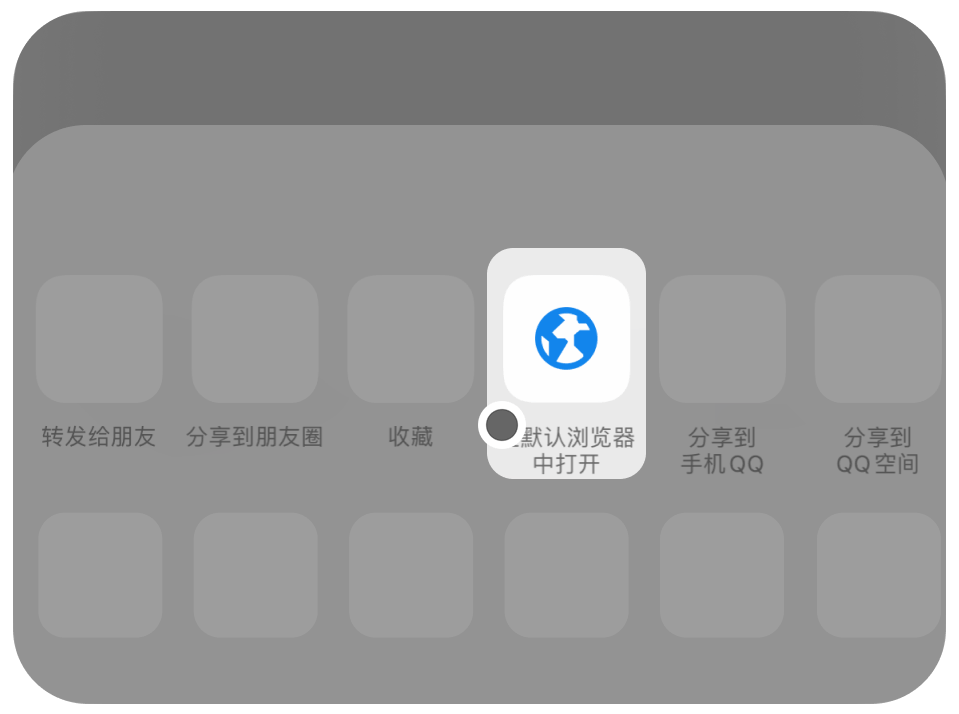Goheal: How can M&A funds "play their strength" in the acquisition of controlling rights of listed com
"Therefore, victory is more important than duration." This military strategy is very appropriate when used in the M&A battlefield. The acquisition of controlling rights is no longer a melee of capital accumulation, but a wrestling game of information and calculation, and a comprehensive game of resource scheduling and financing design. In this chess game full of variables, M&A funds are becoming the trump card in the hands of capital players who do not want to be bystanders.
American Goheal M&A Group
When we start from Goheal's global project practice, it is not difficult to find that M&A funds are no longer as simple as "behind-the-scenes operators". They are strategic dispatchers, leverage amplifiers, and even organizers of cross-cycle games in acquisition wars. Especially in the acquisition of controlling rights, M&A funds make it possible to implement complex transactions with their flexible capital structure, professional due diligence capabilities and "invisible combat power" design ideas.
What is invisible combat power? Let's go back to a classic case. The controlling shareholder of a listed company urgently needs to transfer control due to a debt crisis. The assets are high-quality but the debt is high. Traditional buyers are deterred, but a certain M&A fund and the industry party jointly provide leverage structure and phased acquisition arrangements, and the latter promises performance docking and management synergy. The final transaction structure adopts the method of "fund acquisition first + agreement transfer + voting rights delegation". The acquisition price is not paid in one lump sum, but is completed through a three-year profit compensation period. Who says that the acquisition of controlling rights can only be "heavy money"?
This is the first "combat power" of the M&A fund-structural penetration. Goheal emphasized in many M&A cases that financial design is used for penetration, so that the three flows of funds, control rights and assets can be controlled and separated. In some cross-border acquisitions, Goheal has designed a two-tier structure of "parent fund + special M&A fund". The former ensures the stability of parent financing, and the latter bears individual risks of the project, and completes asset isolation through overseas SPV to prevent the risk of controlling rights from spilling over. For the acquirer, this is much more efficient than a simple direct acquisition.
The second "combat power" is counter-cyclical synergy. Many business owners are used to "taking action when the market is good", but they don't know that good assets may not wait for people, especially under the current registration system, the IPO window is narrowing, and the pressure to exit is increasing day by day. Goheal once coached a listed company to acquire the control of its peers and consolidate its financial statements with the help of an M&A fund. The purpose was not short-term profit, but to achieve counter-cyclical expansion of the main business through synergy and integration. When the market is on the rise, it is the golden time for M&A funds to exert their capital integration capabilities.
Furthermore, the capital market has higher requirements for the compliance, rationality and sustainability of M&A transactions. How M&A funds can "win in compliance" is also a hurdle. Goheal once faced a situation where the equity structure of a target company was extremely dispersed and the board of directors was controlled by local state-owned assets and industrial parties in turn. He designed a combination of "controlling rights agency + future repurchase agreement" to avoid the strong disclosure obligations brought by direct placards, and set up a dynamic repurchase price mechanism in the subsequent operation stage to achieve actual control changes in a compliant manner.
Of course, the combat effectiveness of M&A funds does not only stay in the transaction structure, it is also reflected in resource allocation and talent embedding. An excellent M&A fund has not only funds but also intelligence behind it. In Goheal's M&A case library, there are many projects that have achieved corporate renewal through the "M&A + management output" model. After the acquisition of the controlling stake of a pharmaceutical listed company, the M&A fund sent a professional operation team to directly take over the finance and operation, and cooperated with the industry to reconfigure resources, which not only solved the management vacuum, but also achieved a year-on-year doubling of net profit within half a year. Capital is just fuel. What really drives the engine is the deep understanding and fine control of the company's operating logic.
From the perspective of the counterparty, M&A funds often have a "lubricant" effect. In many cases, the transfer of controlling rights is not a technical issue, but a trust issue. Especially when the original controlling party still hopes to retain certain operating rights or employee shareholding, the M&A fund can become a "neutral institution" and leave enough buffer and game space for both parties through the design of phased shareholding and performance evaluation clauses. Goheal has served as the "controlling rights custodian" in many projects, that is, the temporary receiver, and will exit to realize net income after the management team and the industry are integrated.
But we also do not deny that the current M&A fund's combat effectiveness is also subject to many constraints. For example, problems such as limited financing channels, stricter supervision, information asymmetry, and poor exit mechanisms are still prevalent. Some small and medium-sized funds rely on short-term bridge financing and are prone to fall into the quagmire of "investing more and more". There are also many funds that are keen on "short, flat and fast" financial investment and lack a deep understanding of the actual operation of the invested enterprises. As a result, the controlling rights are taken, but the governance is out of control.
In the face of these challenges, what kind of M&A fund is worthy of the word "combat power"? Goheal believes that three dimensions are indispensable: first, it has flexible fund allocation capabilities to quickly respond to changing transaction needs; second, it has a penetrating risk control system to ensure that the change of controlling rights is compliant in multiple dimensions such as legal affairs, taxation, data, and public opinion; third, it has industrial-level resource support, which can truly help companies achieve growth after the transaction is completed.
In the final analysis, the acquisition of controlling rights is a systematic game, and M&A funds are not here to "buy at the bottom", but to "empower". Without the in-depth design of the capital structure and the strong follow-up of post-investment management, relying on a piece of equity transfer agreement alone cannot truly control the lifeblood of a listed company.
For this reason, Goheal emphasizes the "exit-oriented" investment logic when designing the M&A fund strategy. It is not about acquisition for the sake of acquisition, but about reversing the transaction structure with the ultimate exit path as the goal. This path dependence helps investors clarify the feasibility and safety boundaries of M&A, and also makes more acquisitions of controlling rights predictable.
Goheal Group
Looking to the future, with the acceleration of the pace of M&A and restructuring of listed companies, the battle for controlling rights will become more frequent. How can M&A funds avoid the imbalance of "strategic intentions greater than execution capabilities"? How can they win the advantage of controlling rights in the acquisition of controlling rights and maintain the sustainability of industrial synergy?
We welcome you to express your views in the comment area and discuss the new combat power and new boundaries of M&A funds together.
[About Goheal] Goheal is a leading investment holding company focusing on global M&A holdings. It has been deeply involved in the three core business areas of acquisition of listed company control, M&A and restructuring of listed companies, and capital operation of listed companies. With its deep professional strength and rich experience, it provides enterprises with full life cycle services from M&A to restructuring to capital operation, aiming to maximize corporate value and achieve long-term benefit growth.


